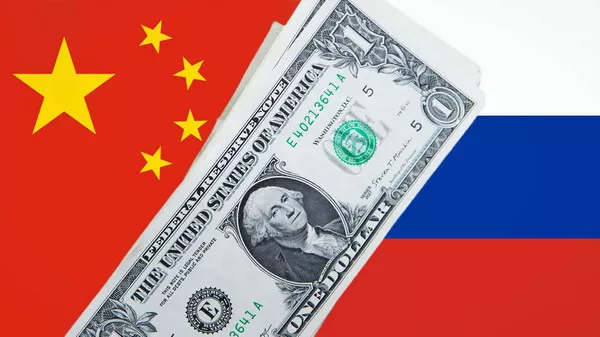In recent times, the exchange rate between the British Pound (GBP) and the United States Dollar (USD) has experienced a noticeable decline, leaving many investors and financial analysts puzzled. This article aims to shed light on the factors contributing to the pound’s fall against the dollar, providing a comprehensive understanding of this economic phenomenon. Let’s delve into the intricacies of this exchange rate fluctuation.
1. Economic Uncertainty
The Pound’s Recent Decline and Its Relationship with Economic Uncertainty
One of the primary drivers behind the pound’s weakening against the dollar is the prevalent economic uncertainty in the United Kingdom. Factors such as Brexit negotiations, changing trade agreements, and political instability have created an atmosphere of uncertainty. Investors tend to shy away from currencies linked to unstable economies, which puts downward pressure on the pound’s value.
Brexit and Its Ongoing Impact
Brexit, the UK’s withdrawal from the European Union (EU), has been a major source of uncertainty since the referendum in 2016. The ongoing negotiations and the uncertainty surrounding future trade relations have weighed heavily on the pound. Until a comprehensive trade deal is secured, the pound may continue to face challenges in regaining its strength.
2. Diverging Monetary Policies
Understanding the Impact of Diverging Monetary Policies on Exchange Rates
Another crucial factor affecting the pound-dollar exchange rate is the divergence in monetary policies between the Bank of England (BoE) and the Federal Reserve (Fed). Central banks play a pivotal role in setting interest rates and influencing currency values.
BoE’s Interest Rate Policy
The BoE has maintained historically low interest rates to stimulate economic growth, especially in light of Brexit’s uncertainties. While low interest rates can boost economic activity, they often lead to a weaker currency as investors seek higher returns elsewhere.
The Fed’s Interest Rate Decisions
In contrast, the Fed has been gradually increasing interest rates to combat inflation and maintain a strong US economy. Higher interest rates attract foreign investment, driving up the demand for dollars and thereby strengthening the currency.
3. Trade Imbalances
Trade Balance and Its Effect on Currency Values
Trade imbalances, particularly the UK’s trade deficit, have played a substantial role in the pound’s depreciation against the dollar. A trade deficit occurs when a country imports more than it exports, resulting in an outflow of its currency.
The UK’s Trade Deficit Challenge
The United Kingdom has consistently experienced a trade deficit, which exerts downward pressure on the pound. A persistent trade deficit implies a constant demand for foreign currencies, contributing to the pound’s decline.
4. Geopolitical Factors
Geopolitical Factors Shaping Currency Markets
Geopolitical events can have a significant impact on currency values. As a major global currency, the pound is not immune to geopolitical developments.
US-China Trade Relations
The ongoing trade tensions between the United States and China have created volatility in global financial markets. Investors often turn to the dollar as a safe-haven currency during uncertain times, contributing to its strength and the pound’s relative weakness.
5. Speculative Trading
Speculative Trading and Its Influence on Exchange Rates
Speculative trading, driven by investor sentiment and market psychology, can cause rapid fluctuations in currency values.
Pound as a Speculative Asset
The pound is often used as a speculative asset, with traders attempting to profit from short-term price movements. Speculative trading can exacerbate exchange rate fluctuations, making it challenging for the pound to regain its footing.
6. Future Outlook
What Lies Ahead for the Pound-Dollar Exchange Rate?
The future of the pound-dollar exchange rate depends on several variables, including the resolution of Brexit negotiations, economic stability in the UK, and global economic trends. Investors and traders will closely monitor these factors to anticipate currency movements.
In conclusion, the pound’s decline against the dollar can be attributed to a combination of economic uncertainty, diverging monetary policies, trade imbalances, geopolitical factors, and speculative trading.
Understanding these factors is essential for individuals and businesses engaged in international trade or investment. While the pound may face challenges in the short term, its long-term trajectory will depend on how these factors evolve in the coming years.
By staying informed and closely monitoring economic developments, investors can make more informed decisions regarding the pound-dollar exchange rate, ultimately mitigating risks and maximizing opportunities in the ever-changing world of currency trading.
Related Topics:
Why is USD Used Worldwide?
Lian Ping: USD/RMB Exchange Rate May Fall after Peaking in the Third Quarter
GBP (1.2754, 0.0051, 0.40%)/USD on July 6




























